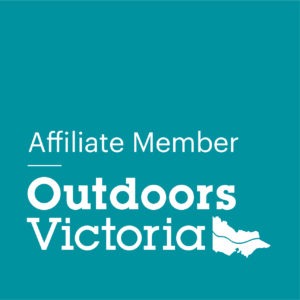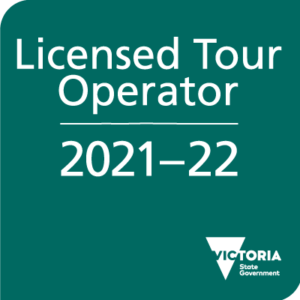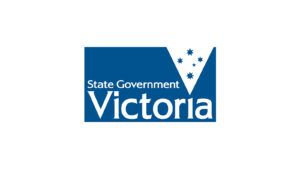Access & Safety
We would like to acknowledge the land the Wurundjeri people who are the traditional custodians of the land we stand on and paddle through. I pay my respects to elders past present and emerging and extend that respect to other indigenous Australians.
Womenjeka is the traditional welcome of the Kulin nation. As I understand womenjeeka is the opposite of my English welcome, it is the visitor who offers womenjeka to come with intent for the other, for us, for our environment and for the spirituality. At first awareness of wominjeeka, I was curious as to might serve us all in 2022, as we contemplate adapting to the anthroposcene and wicked problems like climate change.
So for you, Be safe on the water. It only takes 5 centimetres of water to drown. Be alert not alarmed. Together we can take steps to reduce the risk.
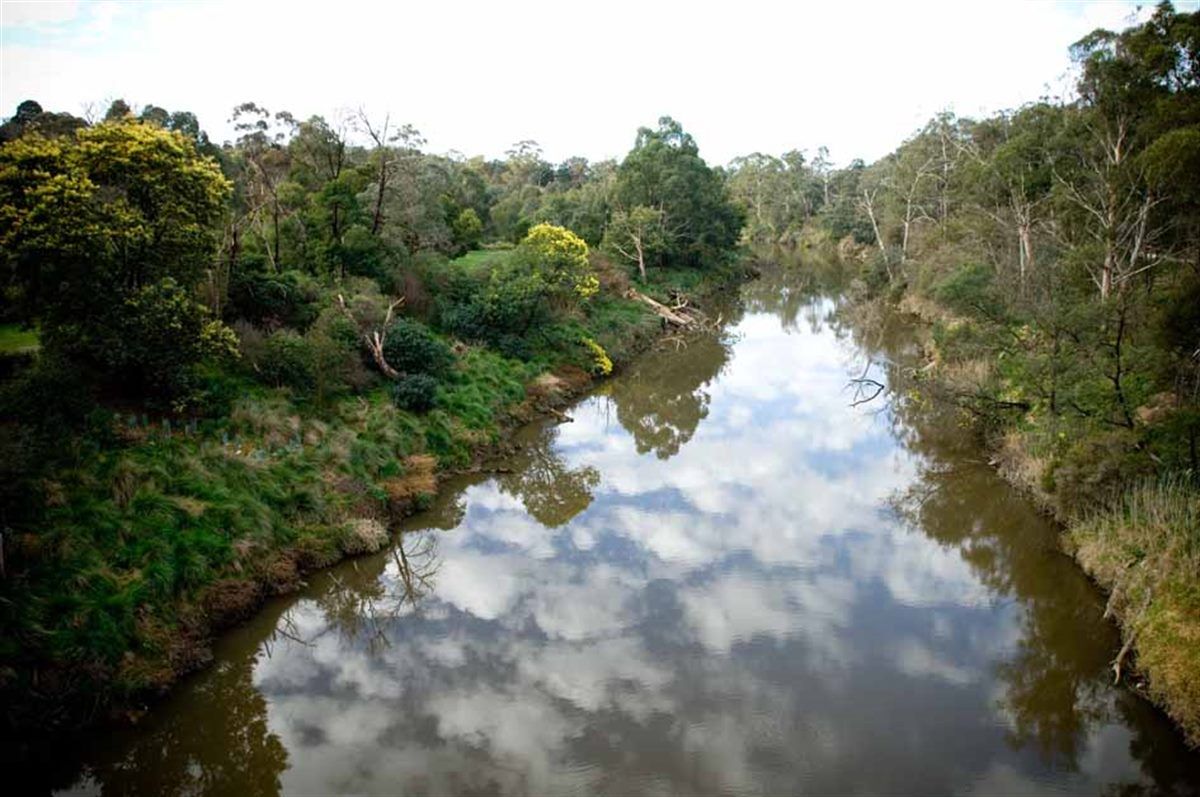

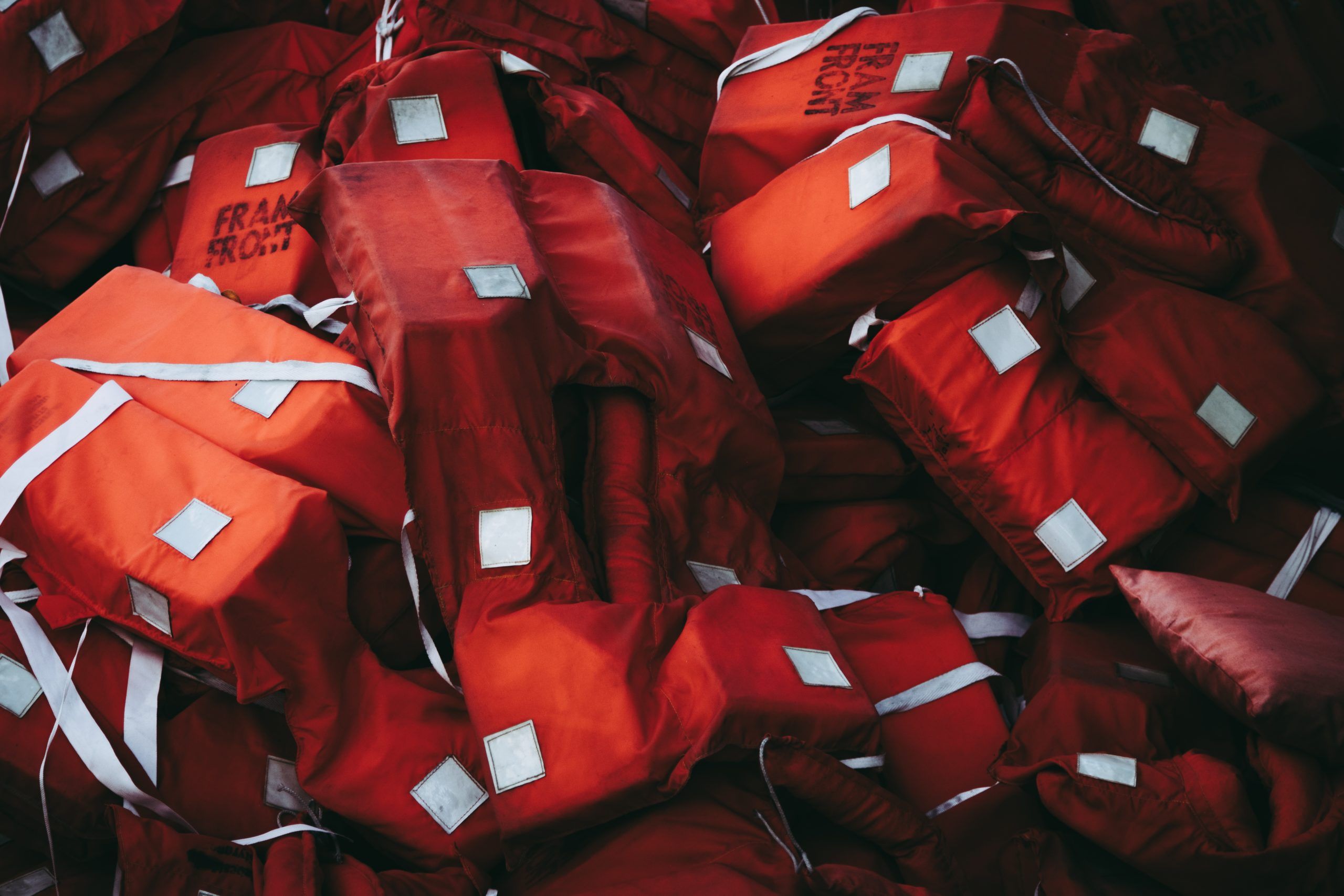
A properly fitted lifejacket is essential to paddle with up the creek.
To fit, follow these steps:
- Loosen all the straps.
- Place on and zip up.
- Starting at the waist and moving towards the shoulders, tighten all straps until firm but not tight.
- Check life jacket will work by raising your hands above your head and asking your partner to lift the jacket up, if it stays in place you’re ready to move on.
Eyes Up
On the water
- Keep to the right of the river. This is the opposite to the road.
- Keep your canoe 30 meters away from other users.
Environment
Consider the voice of the yarra through your experience. What rights does the Yarra river Have? How can you work to support the rights of the river as you paddle up the creek?
If You Capsize
Stay with your canoe, It’s easier to see and will help you get out.
Relax, it will make everything easier. You have a life jacket on so lay back and consider your options.
- If you feel confident, you can bail the water out of your canoe.
- If both paddlers go to opposite sides and work tougher you can both get in together.
- Wave your paddle to attract attention,
- Swim your boat to shore
Logistics
- Lift boats rather than dragging them. Two people are required to lift a canoe.
- Slip slop slap.
- Keep Hydrated.
COVID-19 PROCEDURES
Covid-19 procedures and expectations:
Vic Gov QR code registration required
All customers must have received at least one dose of vaccine
Socially distanced check-in and briefing
Boats sanitised with alcohol-based cleaner before use
Hand sanitiser and surface wipes are available for customers
If you or anyone in your group has any symptoms, please stay at home and contact us as early as possible to arrange rescheduling at a later date.
Up The Creek's Guidelines for our canoeing activities are based on:
- Victorian Department of Education Guidelines
- Australian Activity Standards
- Maritime Safety Victoria requirements
- Australian Canoeing safety recommendations
Key considerations of the environment in which the activity takes place:
The Victorian Department of Education categorises Victorian waters based on definitions by Maritime Safety Victoria. Up the creek operate primarily on Inland waters - rivers, lakes and waterways that do not open to the sea (aside from port waters).
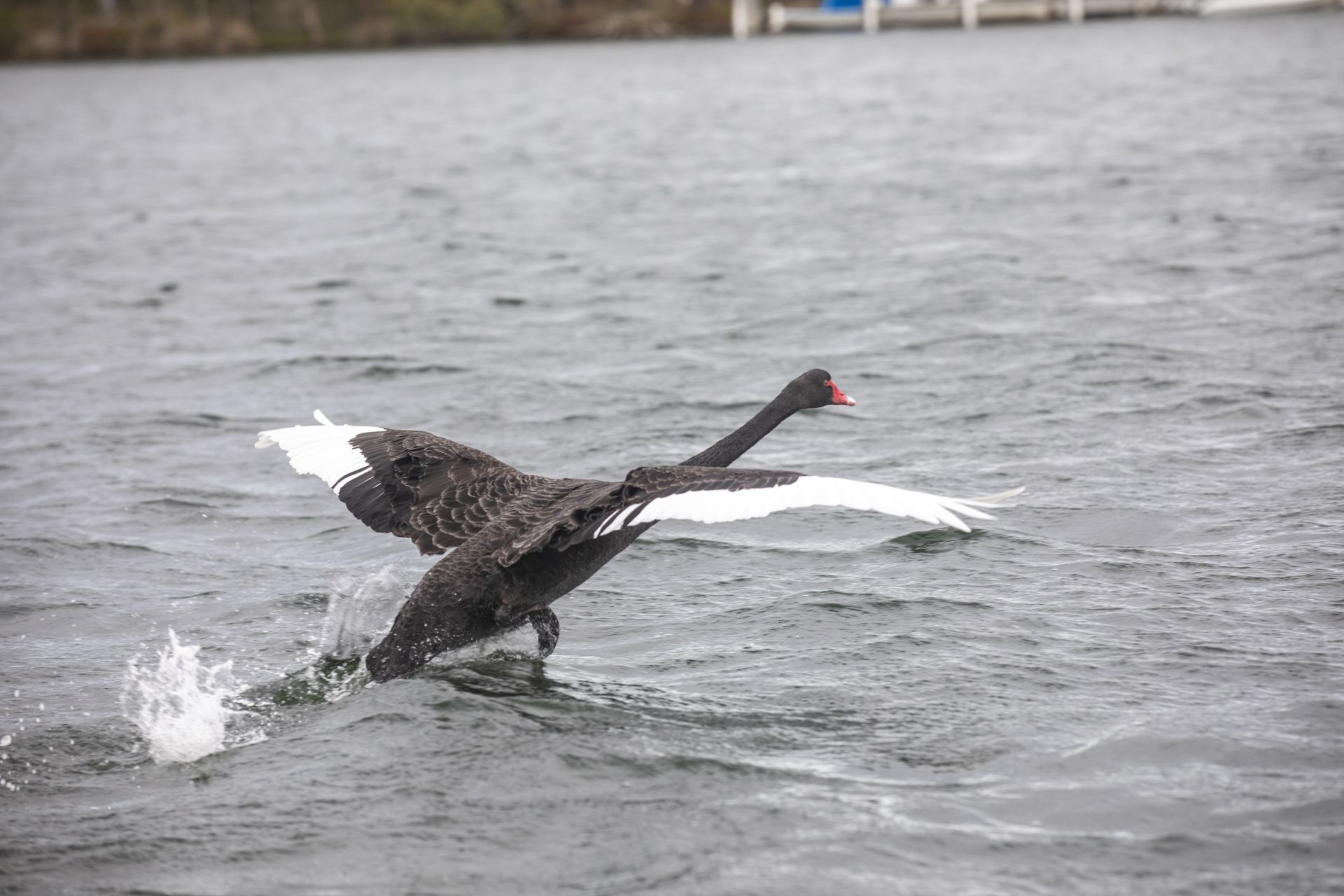
ON WATER ENVIRONMENTS
Water environments encountered canoeing are subject to a wide range of environmental conditions, which are considered when planning and conducting canoeing activities.
Canoeing activities may be affected by conditions such as:
- size and turbidity of the body of water
- the strength of tides and currents
- the presence and power of waves
- the temperature of the water
LOCATION
A specific assessment of suitability of the location is made prior to each trip. Location selection is based on first hand knowledge of supervising staff. Where this is impractical, planning and supervising staff will be thoroughly familiar with the general characteristics and conditions found in similar locations, and have consulted with people who can supply recent and first-hand knowledge of the locations being considered.
When assessing the suitability of a location, consideration is made of:
- the potential to support educational objectives.
- the level of access to the resources, services and facilities - including campsites, water, walking trails, toilets, shelter from extreme weather, or interpretive information.
- the level of access to communications and external assistance, in the event of an emergency, or extreme weather conditions. The more effectively remote the location is, then
- the more self-contained and self–reliant the group must be.
- the potential exposure to environmental hazards and difficulties
- the activity ability and fitness of students.
Contact with relevant authorities will be made in order to access up-to-date management information and to determine any access and permit requirements. This may include: Parks Victoria, Emergency Services, relevant government departments.
WEATHER
The weather forecast for the activity location is monitored in the days leading up to the program and on the day the program commences. If the program extends overnight, the weather is monitored and assessed throughout the program and based on that information (daily weather forecasts and Warnings) staff are prepared to cancel, modify or relocate the activity at any time.
Weather information is accessed directly from the Bureau of Meteorology website: particularly marine forecasts and MetEye.
Weather warning telephone services are also accessible by mobile phone while on program (call costs apply from mobiles):
Coastal, Land Weather and Flood Warnings: 1300 659 217
Full State Telephone Weather Service: 1900 955 363
Coastal Waters Telephone Service: 1900 969 930
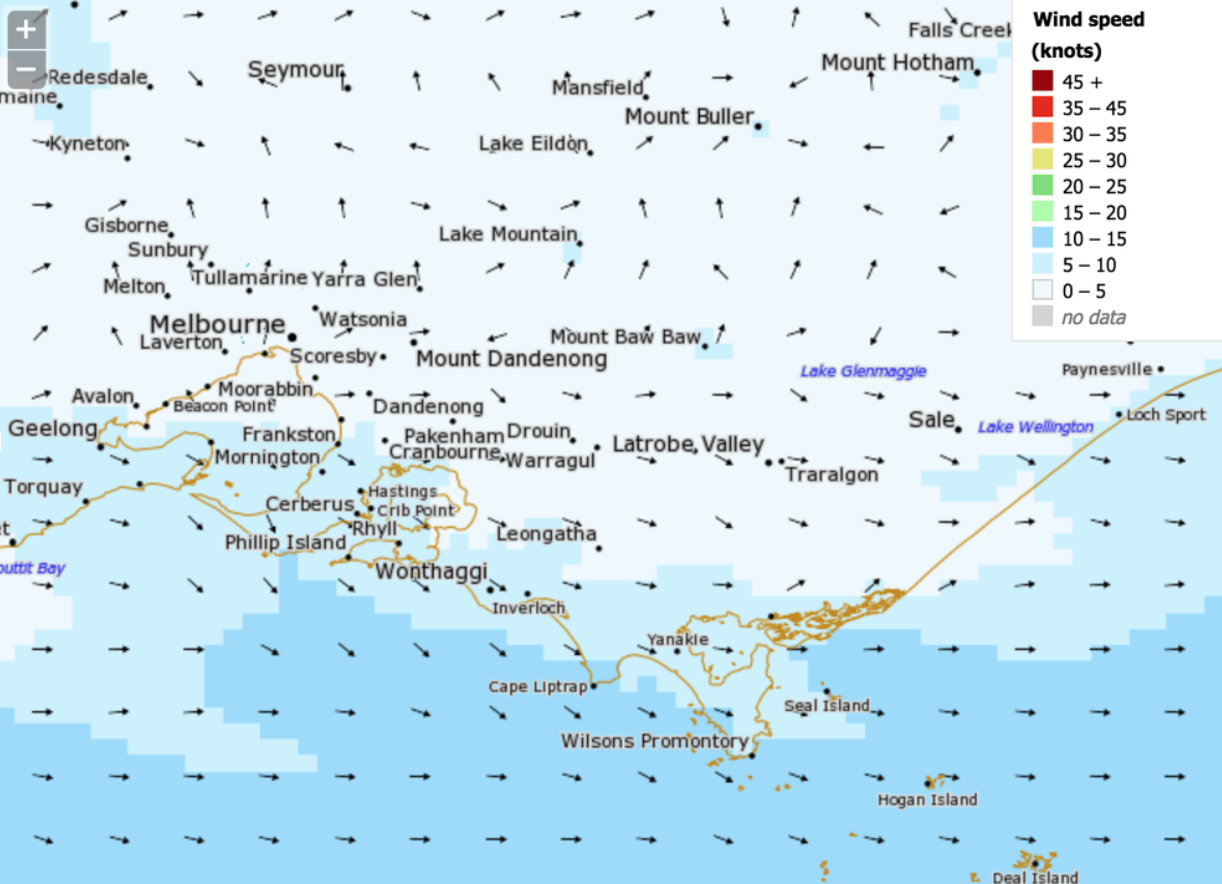
COMMUNICATION
"if you think communication is all talk, you haven't been listening "
Up The Creek's communication strategy enables instructors to receive weather forecasts and warnings, communicate with the school, and engage support, in the unlikely event of an mis adventure.
Communication equipment is chosen based on current communication technology.
A communication strategy is in operation for the group during the program and to enable communication with outside parties including the school and emergency services.
Instructors are aware of the limitations of the communication strategy (ie. level of mobile phone coverage, VHF radio and satellite phone coverage in an activity location).
TRANSPORT
The transportation of groups to and from activity locations must be carefully considered. Bus transport to and from activities is usually the responsibility of the school, but can be included as part of a multi-day package.
Vehicles used to transport students comply with VicRoads registration requirements:
- Drivers will comply with all licensing requirements.
- Equipment carried inside vehicles is securely stowed.
- Students are supervised by a minimum of one adult, in addition to the bus driver, during travel.
- Drivers of vehicles with up to and including 12 seats (including the driver) will have a current drivers license.
Drivers of vehicles with 13 or more seats (including the driver) have a current license appropriate for the vehicle and will:
- undertake a daily vehicle safety check
- hold a current driver's certificate, see: Application for Accreditation to Drive a Private Bus at Taxi Services Commission - Bus Drivers
- complete the driver log book, see: National driving hours regulations
- comply with the National driving hours regulations
In circumstances where a staff member drives a vehicle transporting students, the program allows for adequate rest prior and breaks consistent with the national driving hour regulations.








